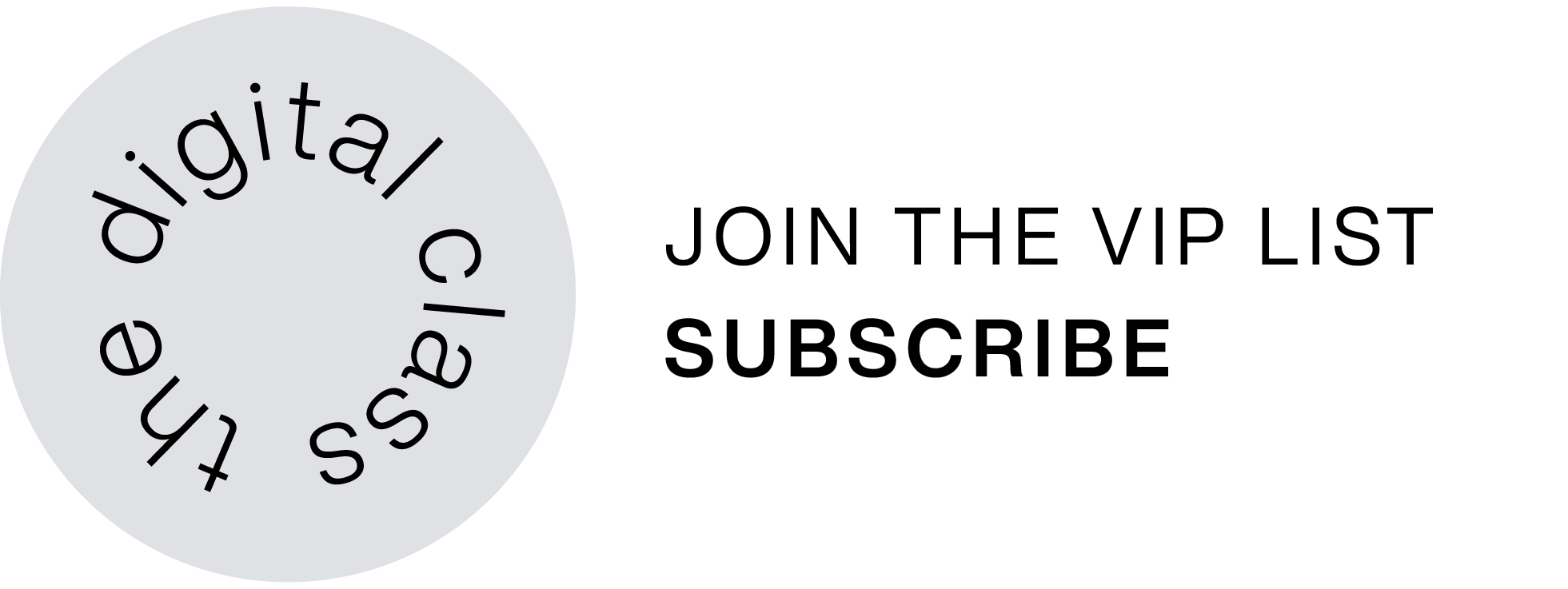Everyone talks about creativity. Vision. Momentum. Big ideas.
But what sustains them — what turns inspiration into impact — is process.
Process is the quiet force behind every exceptional brand and thriving business. It’s not glamorous. It doesn’t always make headlines. But it’s the difference between intention and execution, between great ideas and lasting results.
At its core, process is how you create space for excellence.
Why Process Matters
Process saves time.
It reduces errors.
It elevates your experience.
It strengthens your brand.
And it delights your clients.
When your systems are clear and intentional, every part of your business runs smoother. Projects move faster. Communication becomes seamless. Clients feel cared for at every touchpoint.
But process isn’t about rigidity — it’s about refinement.
It’s how you create consistency, deliver excellence, and make space for creativity to thrive.
The best processes don’t constrain your team — they empower them. They eliminate confusion, clarify expectations, and free up mental space for meaningful, strategic work.
Because structure doesn’t limit creativity. It protects it.
Why Even Established Businesses Need It
It’s easy to think of process as something you build early on — a framework for startups or growing teams.
But the truth is, the need for process grows as your business grows.
Markets evolve. Teams expand. Client expectations change. Data is everywhere. Technology moves faster than ever.
Without structure, even the most successful brands begin to lose alignment in how they communicate, deliver, and serve. What once felt seamless can start to feel messy.
Process ensures that the standards you set at the beginning scale with you. It keeps your brand experience consistent as your business evolves, so that every touchpoint still feels intentional, cohesive, and distinctive. Perhaps most importantly, it helps you stay organized and manage growth and scale with ease.
Building Process: Where to Start
You don’t need to overhaul your business overnight. Start small, one area at a time. Every process you define is an opportunity to build clarity, trust, and a more intentional experience.
Below are a few foundational examples of where process has the biggest impact — both internally and externally:
1. Onboarding Process
Your onboarding experience sets the tone for every relationship that follows.
It’s more than a formality. It’s your client’s first impression of how you work.
A thoughtful onboarding process welcomes clients into your brand world with clarity and ease. It communicates expectations, timelines, and deliverables. It builds confidence before the first meeting even begins.
→ Pro tip: Automate what you can (like scheduling or document collection), but make room for a personal touch: a note, a message, or a short welcome video. It’s structure with warmth.
2. Account Opening
Account opening is where professionalism meets precision. It’s your opportunity to show that you’re organized, transparent, and detail-oriented.
Clear documentation, defined next steps, and branded templates not only improve efficiency but also reinforce your brand’s credibility.
→ Pro tip: Keep everything branded and consistent from forms to confirmations. Every detail reflects your level of care.
3. Information Gathering
The information-gathering phase is about listening, not just collecting data.
It’s where clarity begins.
Strong process here means knowing what to ask and when. It ensures you’re not just gathering facts, but understanding goals, priorities, and the deeper motivations behind the project or relationship.
→ Pro tip: Build structured discovery frameworks that guide conversations but leave space for human connection. Clients should feel heard, not processed.
4. Working Sessions
Collaboration thrives on rhythm.
Working sessions are where strategy and creativity meet and having a process ensures that both can coexist.
Defined agendas, structured timelines, and clear communication keep projects on track without stifling innovation. It’s about creating flow, knowing when to explore freely and when to decide decisively.
→ Pro tip: End every working session with documented next steps. Accountability and action steps sustains momentum.
5. Final Delivery & Sign-Off
The delivery phase is more than a handoff, it’s the closing note of an experience.
A refined delivery process ensures that clients feel supported, informed, and proud of the work they’ve co-created with you.
It’s also an opportunity to reinforce the relationship, to express gratitude, invite feedback, and open the door for future collaboration.
→ Pro tip: Present your final work beautifully. A polished wrap-up reflects the same attention to detail as the work itself.
Process as a Competitive Advantage
Strong process doesn’t just make you efficient, it makes you remarkable.
It builds trust. It enhances reputation. It creates consistency across every client, every team member, every experience.
While others are improvising, you’re executing with purpose. That reliability becomes part of your identity, a signature of your brand.
In a world where everything moves fast, process is what ensures your work still feels thoughtful. Because good process is good design — and good design is good business.
When you take the time to define how you work, you don’t just improve efficiency — you elevate perception, deepen trust, and create a brand experience that feels effortless from start to finish.
That’s the power of process.





